Tomonori Sano, Assistant Professor Waseda University History Museum
Introduction- "Short history? of Waseda University?"
The title " Short History of Waseda University" contains all sorts of mysteries.
First of all, what is "Waseda" in "Waseda ni"? What about "Waseda University Educational Corporation"? Even if it includes "Tokyo Senmon Gakko" and universities under the old system, does it also include affiliated schools such as Senior High School and Waseda University Honjo Senior High School? What about the many affiliated schools, the engineering schools, specialized departments, higher normal schools, etc. that once existed? Or do you mean "Waseda Campus"? It's too narrow. "Waseda" as a place name? By the way, Aizu Museum has an exhibition about Waseda in the Paleolithic period.
▲Materials excavated from ruins are on display, including the Oiseyama ruins and Miyabayashi ruins, which lie beneath the Tokorozawa campus, and the Shimoto ruins, which lie beneath Waseda Campus Central Library
The next mystery is "history". What does "history" refer to? If you look at past articles, you'll see a variety of people, events, systems, and cultures covered. However, you will notice that ``that incident'' and ``that person'' that you are familiar with are not covered. Are such things ``not yet history'' or are they carefully omitted from ``history''? What you don't say can be even more meaningful than what you say.
▲ "Waseda University 150 Year History" covers materials discovered in the decades since the publication of "A Hundred-year History of Waseda University", what has been newly revealed through the development of research, and the changes surrounding the times and academic fields. We look back on history from a perspective unique to our 150th year in the field, regarding themes that have received new attention due to changes in social conditions.
The final mystery is a powerful assertion of "Yes." What is the basis for saying "yes"? Why isn't it "none"? In other words, what are the preconditions that make it possible to declare that Short History of Waseda University?
Introduction to archives
The archives installed in the history museum are a prerequisite for making this mysterious history of Waseda University possible. Many people think that archives are facilities that store a large amount of historical materials. However, here we will not be talking about the archives itself as a facility, but rather we will introduce the work involved in it, that is, the process of storing materials in the facility, and the various series of tasks after they are stored, divided into the first part and the second part. .
1. Acceptance -Receive materials
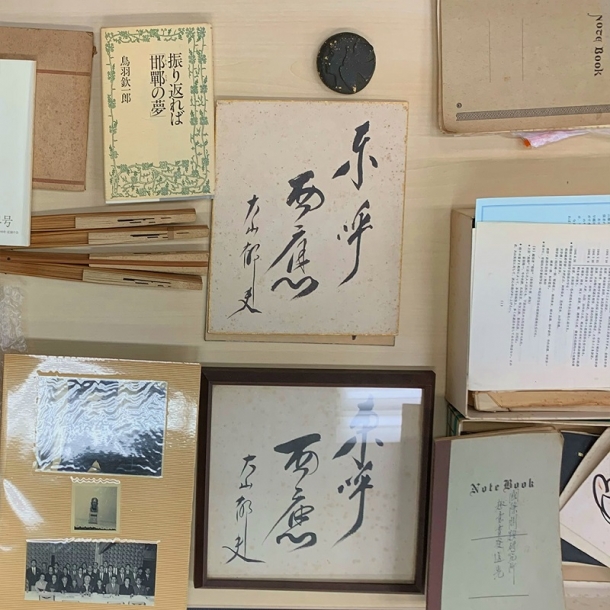
Accepting donated materials
Historical materials are essential to telling history. Waseda University accepts many materials every year, but here we will look at the case of "donation" to the history museum.
Let's say that someone who believes they have a connection to Waseda approaches the museum about donating their belongings. The person in charge of the archives department will confirm that the intention to donate is reliable and that it is consistent with the collection policy of the museum, and will submit the results of the brief survey to the museum's material selection meeting for acceptance. I will decide whether to accept or reject it. After careful consideration, if a decision has been made to accept the donation, we will contact those who have been approached to donate, asking them to send us the relevant documents.
2. Formulation of organization plan – streamline work with fewer resources
Once we receive the materials, we will develop an organization plan. While respecting the order of the materials (arrangement at the time of receipt) as much as possible, at what granularity can various data be collected to make it easier to search in the database later? The entire team will discuss whether repairs or other measures are necessary, as well as the cost and time involved. In other words, it is a conference in the medical field. Once or twice a month, while coordinating the progress of the work, we clarify which work should be done on which material group, the priority and difficulty level, and redesign the process as appropriate.
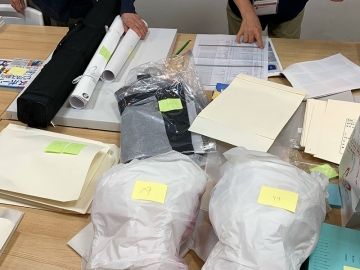
Comparison of transferred materials list and actual materials
In addition to "donation", there is also a "transfer" format for accepted materials. This refers to taking over the management of documents, etc. from departments within the university. Since the total amount of transferred materials is larger than that of donated materials, designing a sorting plan is a challenge in itself. We will also take great care to maintain confidentiality so that information about materials that are in the process of being sorted will not be leaked.
The sequel is scheduled to be released on December 21, 2023. looking forward to.
▼Click here for the second part

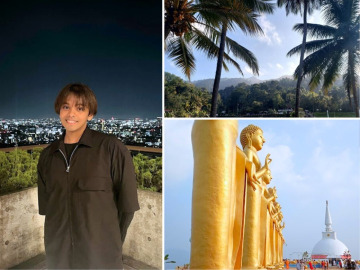
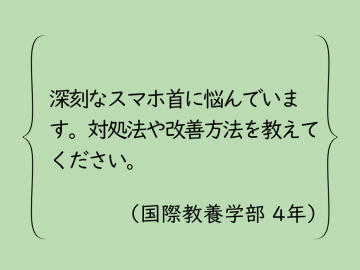

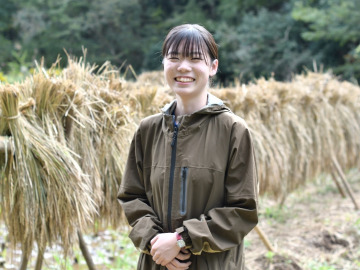
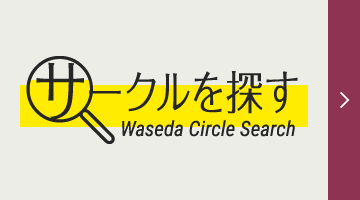
![[Save version] Map of the four main campuses](https://www.waseda.jp/inst/weekly/assets/uploads/2025/09/17cb2975123fc5103172ef60bd98608d-610x458.jpg)

